22 Comments
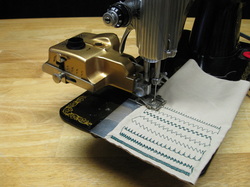 Attached to a Singer 15-91. Attached to a Singer 15-91. As discussed in the article "To Greist or Not to Greist," some collectors turn up their noses at Greist attachments because they don't bear the Singer name. But that doesn't make them inferior. In fact, they can be decidedly superior at times, as I discovered when I tested this one. How so? 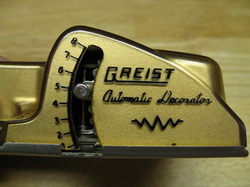 Lever on side selects stitch pattern. Lever on side selects stitch pattern. First of all, it's fully automatic, which means that there are eight stitch patterns built-in. That's right...no cams or discs to change! A lever on the side selects the pattern and away you go. Another lever disengages the zigzag mechanism, allowing you to sew straight-stitch without removing the attachment. 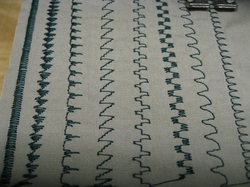 Lovely stitch quality & straight rows! Lovely stitch quality & straight rows! Secondly, the side-to-side zigzag action is so smooth that it's not difficult to guide the fabric in a straight line. A refreshing difference. Third, the stitch quality is the best I've seen from an attachment. Last, but not least, it's one of the prettiest zigzag attachments I've ever seen. With its metallic gold jacket it's a perfect complement to the black and gold Singer Featherweight, 15-91, or other low-shank Singer of your choice. So, would you like to see it in action? Well you get to, whether you want to or not!
See what I'm talking about? The action is smooth and takes very little guidance.
So where can you find one? I've only seen one other like it in the years I've been collecting machines and attachments. The other one had a silver jacket and was made to fit a White sewing machine. I watch for them on eBay but have yet to see one. I don't know if that makes it rare...or simply underappreciated. But keep your eyes open and maybe you'll get lucky! Happy Sewing! Barbara OldSewinGear...dedicated to helping you get the most out of your old sewing gear.
|
News, Reviews,
|
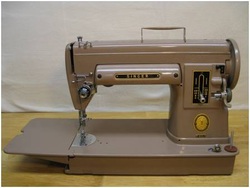
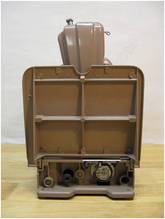
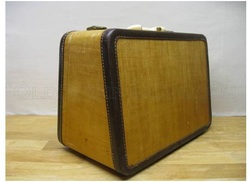
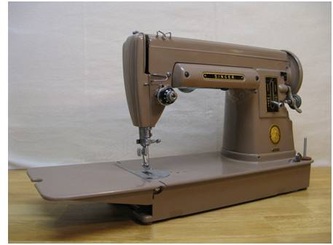
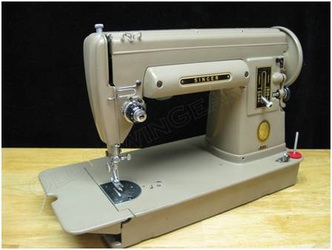
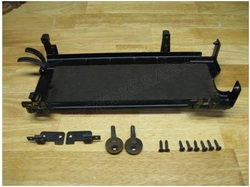
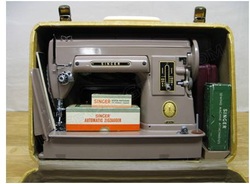
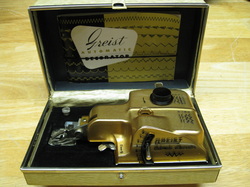
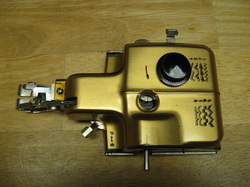
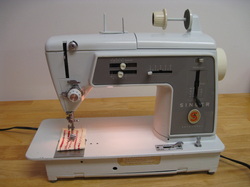
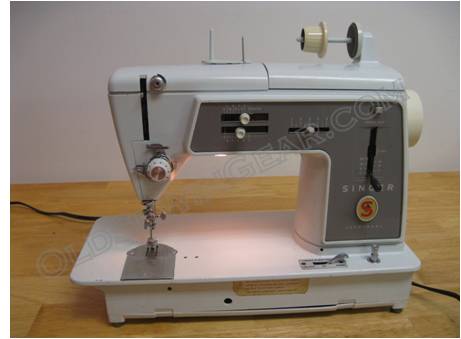
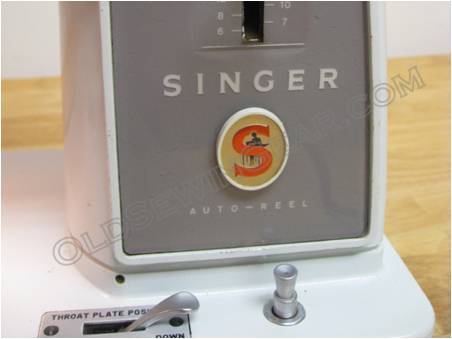
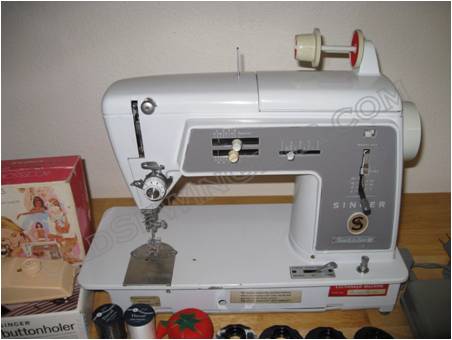
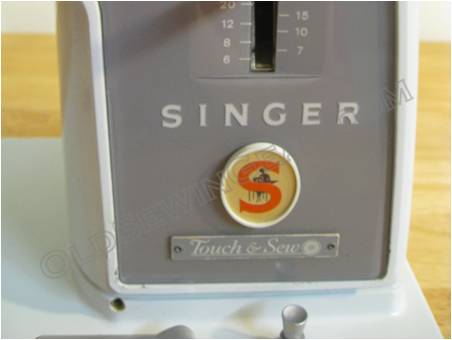
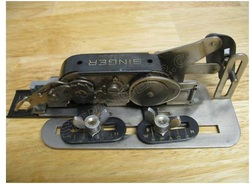
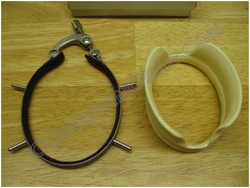
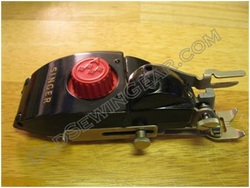
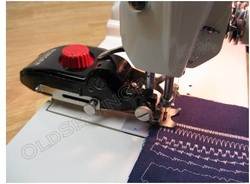
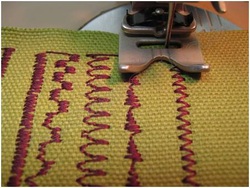
 RSS Feed
RSS Feed